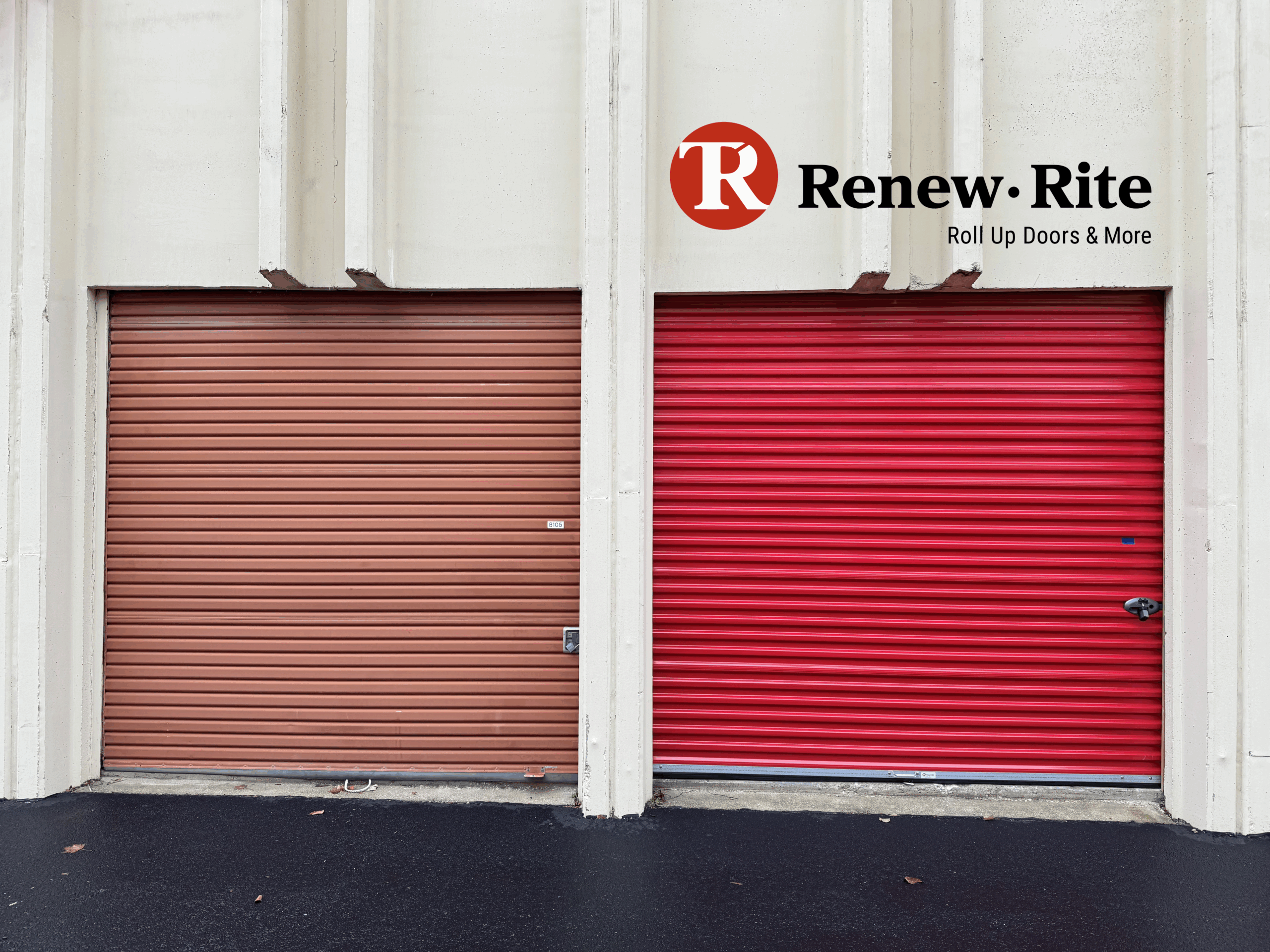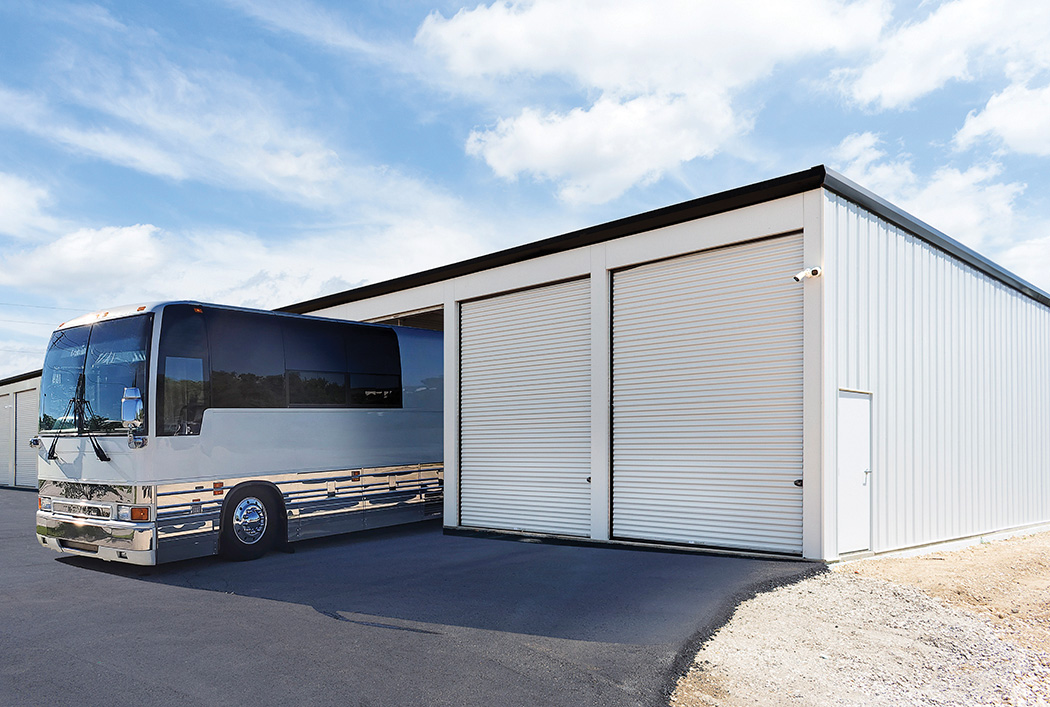Self-Storage Construction Budgeting: What Does It Really Cost?
Planning a self-storage facility? Start with a solid construction budget.
If you’re planning to build a self-storage facility, one of the first (and most important) steps is setting a realistic construction budget. Whether you’re a seasoned developer or a first-time investor, understanding the full scope of self-storage construction costs can help you make informed decisions, avoid expensive surprises and keeps your investment on track.
Why Budgeting Early Is Critical in Self-Storage Facility Construction
Many new developers encounter a common dilemma: You need detailed architectural plans to get accurate contractor quotes—but don’t want to invest in design work until you know the project is financially feasible.
The solution? Start with a preliminary construction budget. This rough financial model allows you to evaluate your project’s potential before hiring architects and engineers.
Key Questions to Guide Your Self-Storage Construction Budget
Before estimating costs, clarify your project strategy with these essential questions:
- How Will the Self-Storage Property Be Managed?
- Unmanned/self-service facilities: Budget for access control systems, kiosks, smart locks, and automated gates
- On-site managed facilities: Allocate space and funds for an office—or plan for future expansion.
- What Type of Storage Facility Are You Building?
- Drive-up self-storage units
- Boat & RV storage facilities
- Multi-story climate-controlled storage
Each type influences land usage, construction cost per square foot, and the permitting process. Understanding your target market helps determine building design and rental rate potential.
- What’s Your Self-Storage Investment Strategy?
- Build large in Phase 1: Achieve lower cost per square foot, but expect a longer lease-up period
- Phased development: Start smaller to generate revenue faster, though this may increase total long-term costs.
How Much Does It Cost to Build a Self-Storage Facility?
Use ballpark estimates during early-stage planning. Don’t expect detailed proposals from contractors without specific plans—they need drawings to provide accurate quotes.
Typical Self-Storage Construction Costs (Excluding Land)
| Facility Type | Estimated Cost per Sq. Ft. |
| Single-story drive-up | $45–$55 |
| Climate-controlled (1-story) | $65–$75 |
Add ~15% if hiring a general contractor.
Major Budget Line Items
- Land acquisition
- Site preparation & grading
- Steel building systems & roll-up doors
- Concrete foundations
- Driveways & access paving
- Security gates & access controls
- Electrical, lighting & wiring
- Design & engineering fees
- Permits, signage & landscaping
- Optional fire protection & architectural upgrades
Also plan for:
- Loan fees & closing costs
- 10% contingency for surprises
- Lease-up capital for mortgage coverage
How to Estimate Revenue in Self-Storage Facility Development
Step 1: Research Rental Rates
Use local comps to estimate your rental income per square foot.
Tip: Average the monthly square foot rent of 10×10 and 10×15 units for an estimate. Use the monthly rent for larger units to be more conservative.
Step 2: Estimate Rentable Space
- Drive-up facilities: 30–35% of lot is rentable
- Large Climate-controlled buildings: 45–50% rentable space
The rest is used for drive lanes, green space, and required setbacks.
Step 3: Calculate Monthly Operating Expenses
After estimating revenue, calculate monthly expenses:
- Mortgage – Based on loan amount after down payment
- Property taxes
- Staffing or kiosk services
- Utilities
- Insurance
- Software subscriptions
- Marketing costs
- Grounds maintenance (snow/lawn)
- Credit card processing fees
Use an online loan calculator to estimate mortgage payments. If you’re applying for SBA financing, ensure your financials support break-even within 24 months—a key requirement for approval.
Online Budgeting Tool
Use our Self-Storage Investment Calculator to plug in your variables and build a custom two-year cash flow forecast and break-even model.
When to Engage Experts
If your preliminary numbers look promising:
- Get the property under contract
- Hire a civil engineer to begin detailed site planning
- Engage a feasibility consultant—often required by lenders and helpful for identifying potential pitfalls
Refining Your Budget with Vendor Proposals
Once your concept is more defined, request formal quotes to replace your ballpark numbers:
- Steel building supplier
- Roll-up door manufacturer
- Concrete & grading contractors
- Electrical and security installers
These quotes are essential for closing on financing and keeping your project on track.
Avoid This Common Construction Pitfall
Material pricing can fluctuate significantly—don’t rely on outdated quotes.
Before closing on a loan, confirm that:
- All quotes are current
- Material availability matches your timeline
- Vendor contracts are valid for the project’s delivery window
- You’ve built in a healthy contingency
Final Thoughts: Is Now a Good Time to Build?
Yes—but with strategic planning. While interest rates may be higher than in previous years, the demand for self-storage construction remains strong. With thoughtful budgeting, accurate cost projections, and a well-executed development plan, building a self-storage facility can still be a profitable real estate investment.
Looking to Build a Self-Storage Facility? Trachte Building Systems is here to help. Contact your Regional Manager today.


